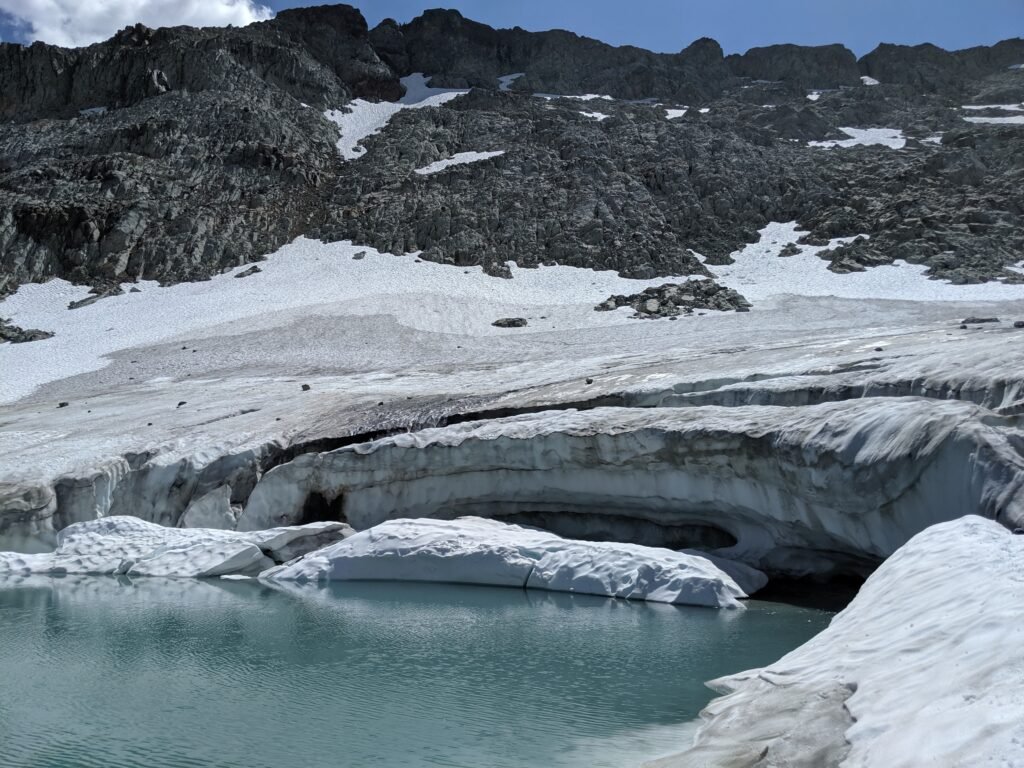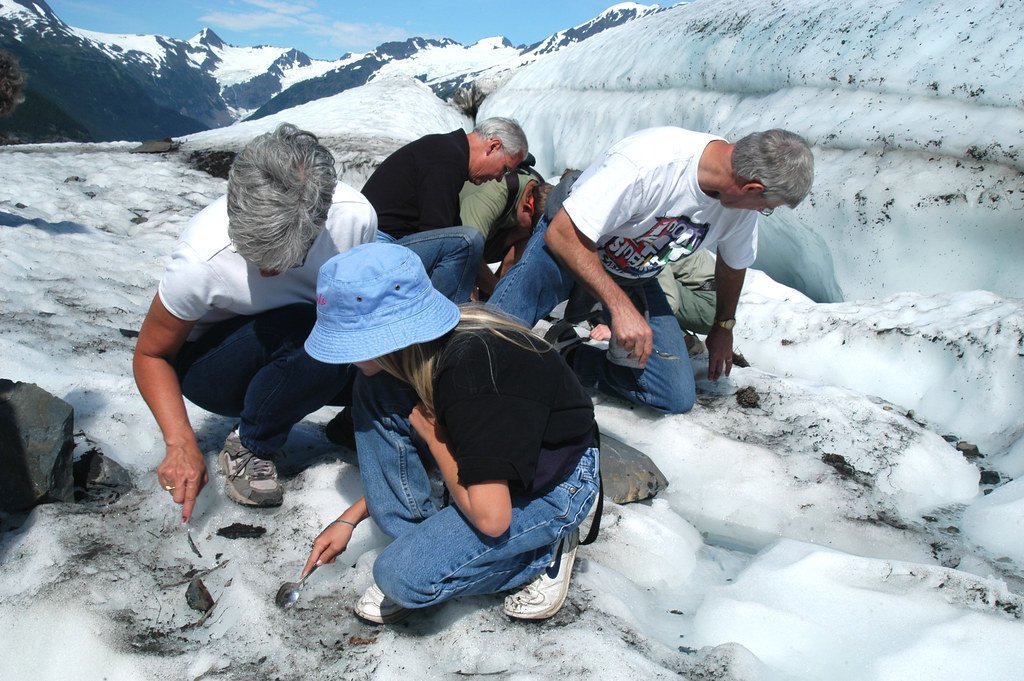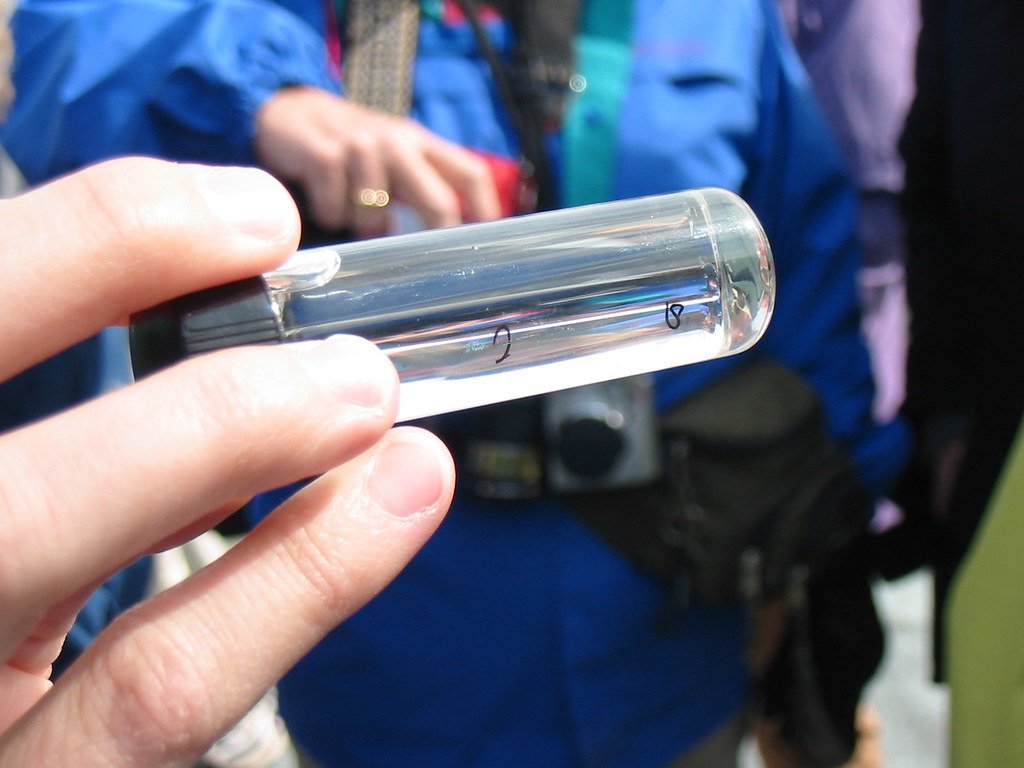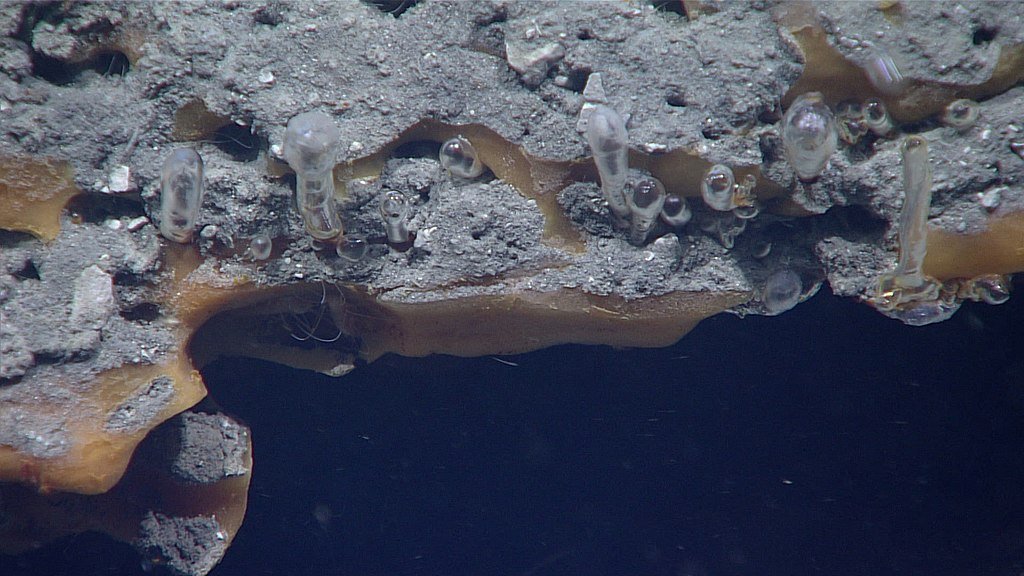In the remote and frigid landscapes of Alaskan glaciers, an extraordinary and enigmatic creature quietly thrives. Hidden from the typical tourist’s gaze, ice worms engage in their daily routines, revealing secrets of unimaginable adaptation and resilience. These peculiar organisms not only defy the odds by surviving in such a harsh environment but also add a remarkable chapter to the story of life on Earth. Join us as we delve into the secret lives of ice worms, uncovering what makes them so fascinating and distinct.
What Are Ice Worms?

Ice worms belong to the genus *Mesenchytraeus*, a group of annelid worms that have adapted to life within the ice and snow of North American glaciers. Quite unlike any typical worm, these creatures have evolved to thrive at near-freezing temperatures, turning the conventional notion of life’s need for warmth on its head. Ranging from two to three centimeters in length, ice worms are remarkably adapted to their unique and extreme habitat.
Adaptations to Extreme Cold

One of the most remarkable features of ice worms is their ability to survive in temperatures that would be lethal to most other organisms. Their cellular structure includes special proteins that protect against freezing. These proteins lower the freezing point of the worm’s tissues, ensuring they remain viable even in conditions that hover around the freezing mark.
Lifestyle on a Glacier

Ice worms spend their lives wriggling through the icy environments of glaciers in regions such as Alaska, British Columbia, and the Pacific Northwest. They are largely nocturnal, retreating deep into the ice during daylight hours to avoid the sun’s harmful ultraviolet rays, which can be detrimental to their survival. During the night, they emerge to graze on snow algae, their primary food source.
Feeding Habits and Diet

The primary nutrient source for ice worms is snow algae, tiny photosynthetic organisms that live on glaciers’ icy surfaces. Ice worms graze on this algae, contributing to the ecological balance of their habitat by controlling algae bloom and participating in nutrient cycling within the glacier ecosystem.
Reproduction and Life Cycle

Ice worms reproduce by laying eggs, although much of the specifics of their reproductive behavior remain a mystery to scientists. Given the harsh environmental conditions, their reproductive strategies are presumably adapted to maximize offspring survival rates under the freezing and resource-scarce conditions of a glacier habitat.
The Mystery of Their Evolution

How did ice worms come to be so well-suited for survival in glaciers? Scientists continue to study their evolutionary history, looking to unravel the genetic mechanisms that have allowed them to flourish in such an inhospitable environment. By comparing ice worms to related species in more temperate zones, researchers hope to gain insights into the evolutionary pressures that led to such extreme cold adaptations.
Ecological Importance

Ice worms play a crucial role in the fragile ecology of glacier environments. By controlling algae populations and recycling nutrients, they help maintain the delicate balance necessary for the survival of other organisms that depend on the glacier ecosystem. Their presence is an indicator of glacier health, giving scientists insight into changes in these critical environments.
Threats to Ice Worms

Despite their ability to endure harsh conditions, ice worms face significant threats from climate change. Melting glaciers and rising temperatures pose existential challenges, potentially disrupting the delicate balance of their habitats. As glaciers recede, the environment necessary for their survival shrinks, putting these unique creatures at risk.
Conservation Efforts

Protecting ice worms aligns with broader efforts to conserve glacier environments globally. Scientists advocate for increased research funding to better understand ice worm biology and ecology, alongside conservation policies that address climate change and mitigate its impacts on glacier regions.
The Broader Implications of Ice Worm Research

Studying ice worms not only enriches our understanding of life in extreme environments but also provides insights into potential survival mechanisms applicable to other fields. These could include biotechnology advancements, such as developing crops or medicines that are more resistant to cold.
Future Research Directions

The boundless curiosity of scientists ensures that research into ice worms will continue to flourish. Future studies may involve genomic analysis, examining how genes play a role in their adaptation strategies, and further field studies observing their behavior and ecosystem interactions in the increasingly rare glacier environments.
Conclusion: The Resilient Architects of Glacier Life

Ice worms represent one of nature’s most compelling examples of adaptation and resilience, showcasing life’s uncanny ability to flourish in the harshest of conditions. Their existence challenges preconceived notions about where life can thrive, reminding us of the diverse and wondrous forms of life hidden within our planet. Understanding and protecting these remarkable creatures not only preserves a key component of glacier ecosystems but deepens our appreciation for the ingenuity of life on Earth. Whether through curiosity or conservation, exploring the secret lives of ice worms reveals just how much more there is to discover about our world.




